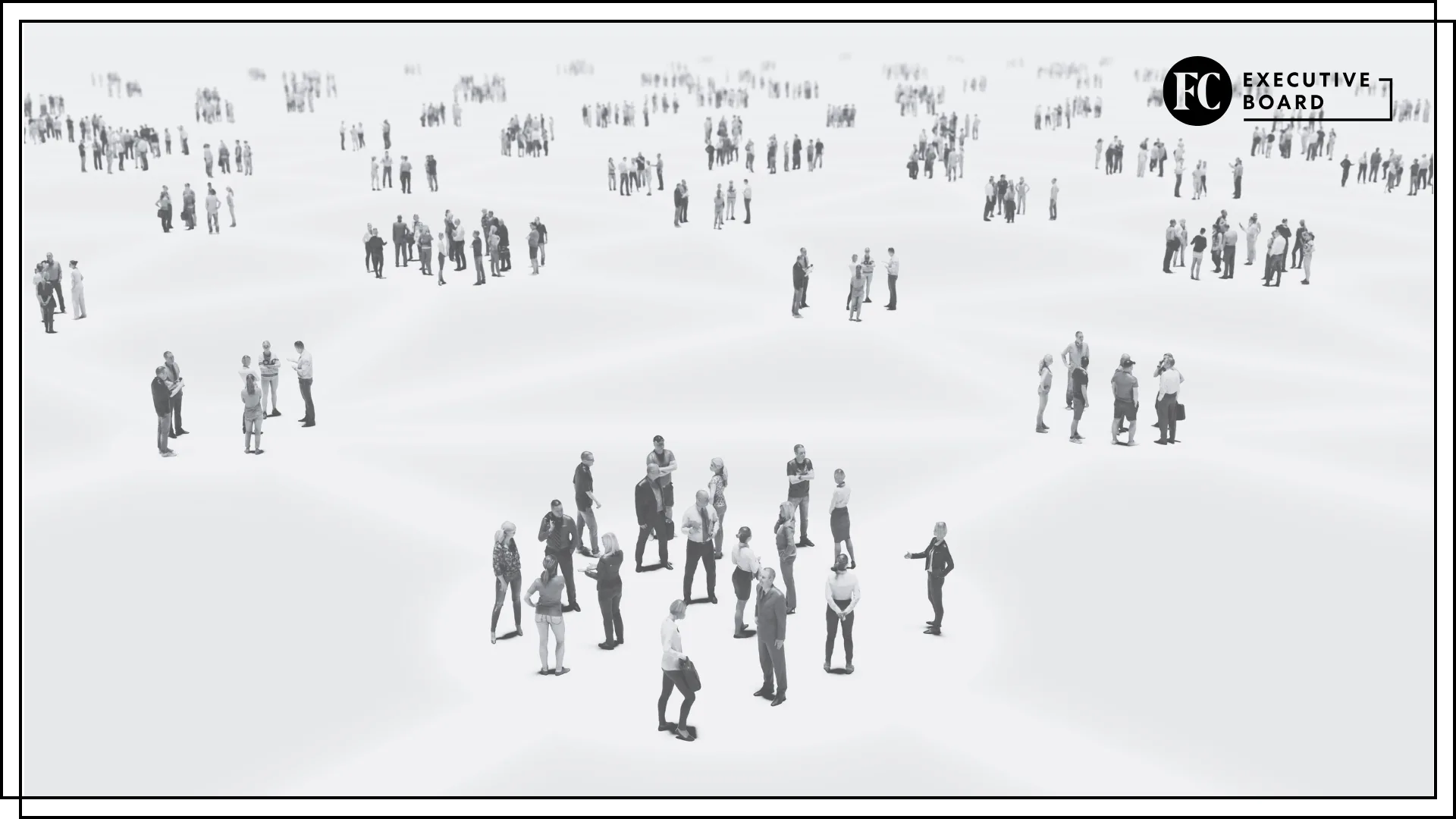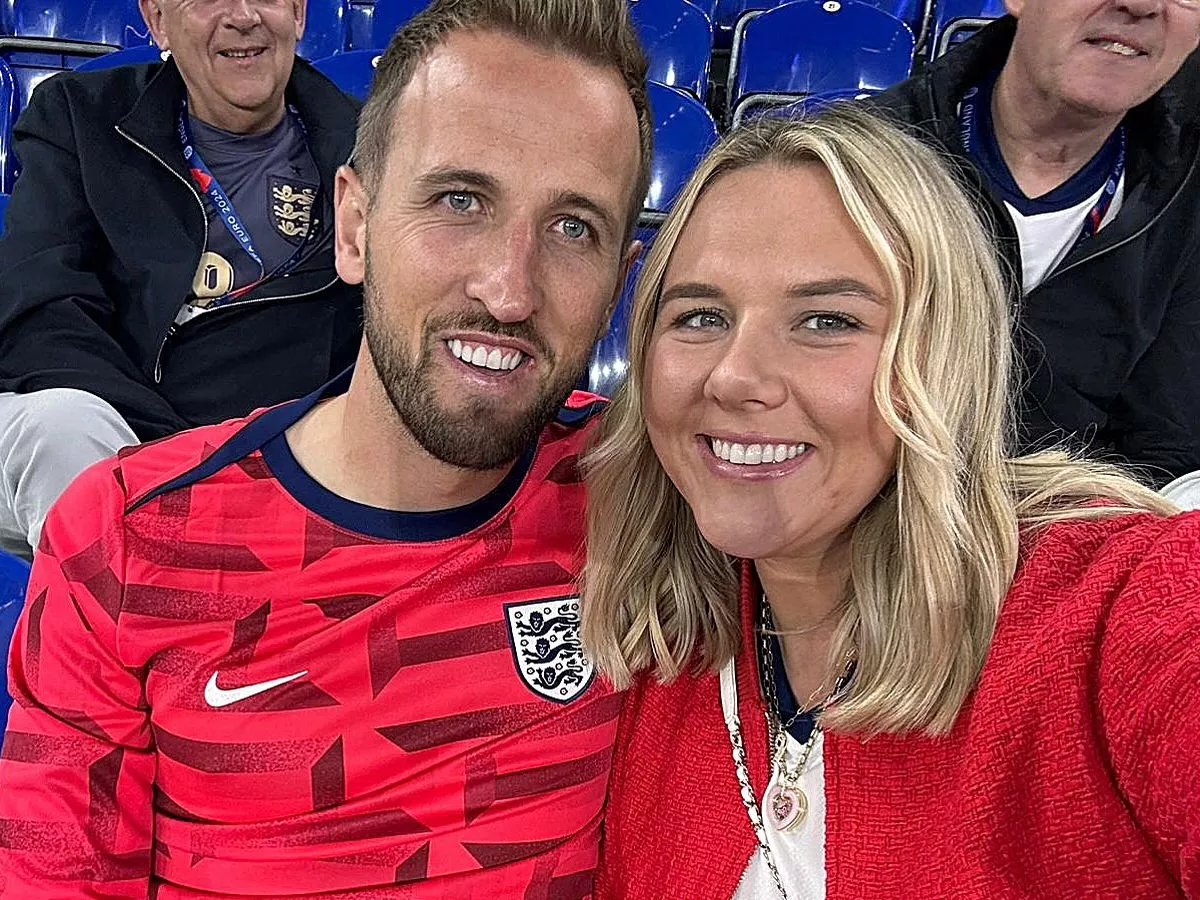Copyright Fast Company

For decades, marketing centered on campaigns—time-bound initiatives designed to capture attention, drive clicks, and ultimately close sales. Campaigns are flashy, measurable, and often creative. But they’re also fleeting. Once the campaign ends, so does the engagement. In today’s hyperconnected marketplace, where customers demand authenticity and ongoing value, brands can no longer rely on campaign-only approaches. The future of customer acquisition lies in communities. Strong communities turn buyers into advocates, amplify brand stories organically, and provide insights that no data dashboard can deliver alone. Community is not a “nice-to-have”; it is the strategy defining market leaders in the next decade. Subscribe to the Daily newsletter.Fast Company's trending stories delivered to you every day Privacy Policy | Fast Company Newsletters Campaigns are short-term, communities are long-term Campaigns are effective for generating bursts of awareness, but they struggle to build trust over time. A paid ad might win a click, but it rarely fosters loyalty. Communities, on the other hand, create an ecosystem where customers return not only for products but a sense of belonging, knowledge sharing, and co-creation. Take Peloton. Their bikes and classes are strong products, members engagement is driven by community. Riders motivate each other, celebrate milestones, and even forge friendships. Peloton transformed from a fitness product into a lifestyle movement by investing in community-building beyond traditional campaigns. Why community resonates with today’s consumers Three forces make communities more powerful than campaigns in today’s environment: 1. Consumer skepticism: Audiences are savvier than ever. They can spot performative advertising, overpromises, or tone-deaf campaigns instantly. A brand community, by contrast, fosters authenticity. People trust peers more than taglines. 2. Desire for belonging: Research shows Gen Z and millennials value brands that provide connection and meaning. Communities create safe spaces where customers feel seen, heard, and valued. 3. Always-on engagement: Campaigns start and stop. Communities exist 24/7. This always-on model keeps a brand top of mind, even outside of purchase cycles. Communities drive lower-cost acquisition From a business perspective, building a community is also more cost-effective than relying solely on campaigns. Digital ad costs have skyrocketed, with brands paying more for fewer impressions. By contrast, community-driven acquisition leans on word-of-mouth, referrals, and organic amplification. Consider Glossier, the beauty brand that grew from a blog into a billion-dollar company by leveraging its community of superfans. Instead of pouring money into massive ad buys, Glossier listened to its audience, co-created products, and turned loyal customers into micro-influencers. Their community did the heavy lifting that traditional campaigns once shouldered. How to shift from campaigns to communities Making this shift requires a new mindset. Here are five key principles: 1. Start with purpose, not product Communities form around shared values, not just sales. A brand must clearly articulate its “why” and invite people into that purpose. Patagonia, for example, rallies its community around environmental activism. The products are important, but the mission is the glue. 2. Invest in platforms for connection A community needs a home. This could be a branded online forum, a private social group, or a Slack channel for power users. What matters is that members have a space to engage with one another, not just with the brand. 3. Empower, don’t control The biggest mistake brands make is treating communities like another broadcast channel. Real communities are co-created. Give members tools to share their stories, spotlight user-generated content, and invite them into product development. Lego’s Ideas platform is a perfect example: fans design sets, vote on them, and see their creations go to market. advertisement 4. Measure what matters Campaigns live or die on impressions and clicks. Communities thrive on various metrics, including retention rates, referral rates, engagement depth, and sentiment. Instead of asking, “How many people saw this?” ask, “How many people felt connected enough to participate?” 5. Blend campaigns into community Campaigns don’t disappear in this model; they evolve. A campaign can become the spark that energizes a community, but the follow-through must happen in ongoing spaces where customers feel part of the journey. The hidden advantage: Insights and innovation Communities are powerful acquisition and innovation engines. By listening to their most engaged members, brands can identify new needs, spot trends earlier, and test ideas in real-time. For instance, Sephora’s Beauty Insider Community allows members to exchange tips, reviews, and tutorials. The company utilizes this feedback loop to inform product launches, enhance the customer experience, and foster loyalty. What could be a passive feedback survey becomes a living, breathing laboratory for growth. Challenges to expect and overcome Of course, community-building isn’t simple. It takes time, resources, and patience. Here are common challenges and how to address them: Scale versus intimacy: Large communities risk feeling impersonal. Brands must balance scale with personalization by segmenting groups or spotlighting member stories. Sustained engagement: Communities can fizzle if not nurtured. Appoint community managers and create rituals, weekly spotlights, monthly AMAs, and quarterly events—to maintain momentum. Authenticity pressure: Communities magnify inauthentic behavior. If a brand promises inclusion but fails to deliver, its members will call it out. Transparency is non-negotiable. Campaigns: A role, but not the starring one This isn’t to say campaigns are obsolete. They remain critical for launches, seasonal pushes, or awareness bursts. The key difference is that in a community-first model, campaigns are conversation starters, not the entire strategy. Communities sustain the conversation long after the ad spend runs out. The future belongs to community-first brands The next wave of marketing leaders will be those who treat community as the centerpiece of strategy, not a side project. Building belonging is good ethics and smart business.[LS1] When done right, communities transform customer acquisition from a transactional moment into a relational journey. They turn audiences into advocates, and campaigns into catalysts. Most importantly, they shift the role of marketing from shouting into the void to creating spaces where people genuinely want to gather. In a crowded, noisy marketplace, community is the quiet advantage that speaks volumes. The brands that recognize this now will acquire customers while earning loyalty that lasts. Maria Alonzo is head of account management at Fortune 206.



